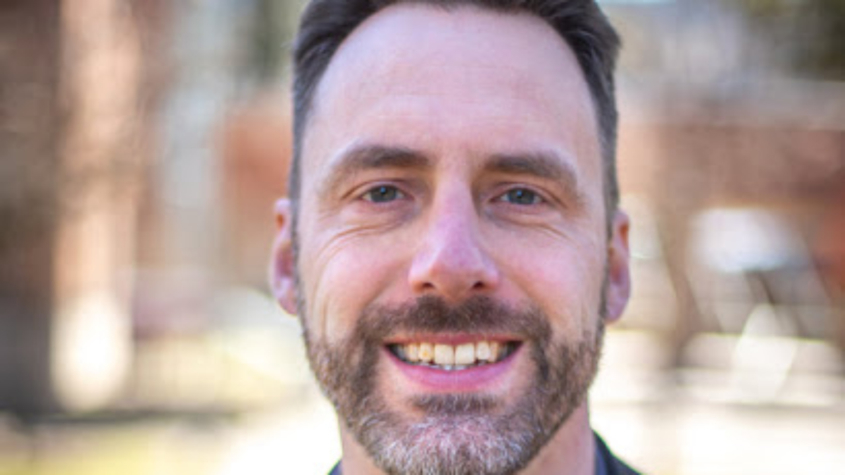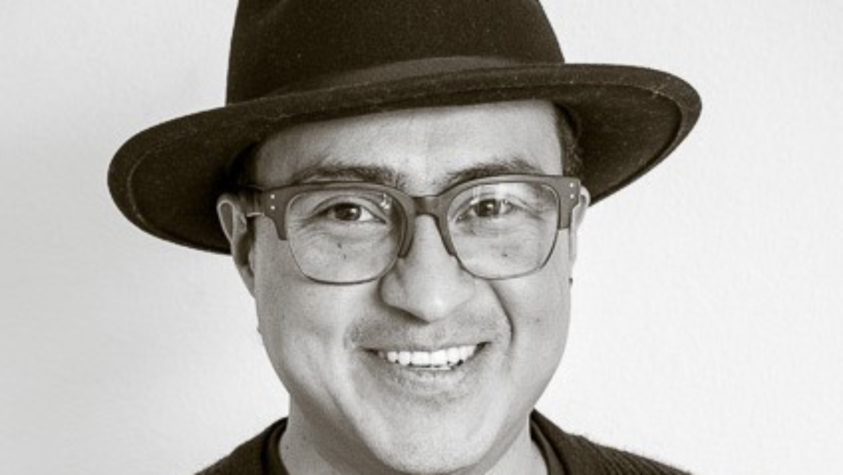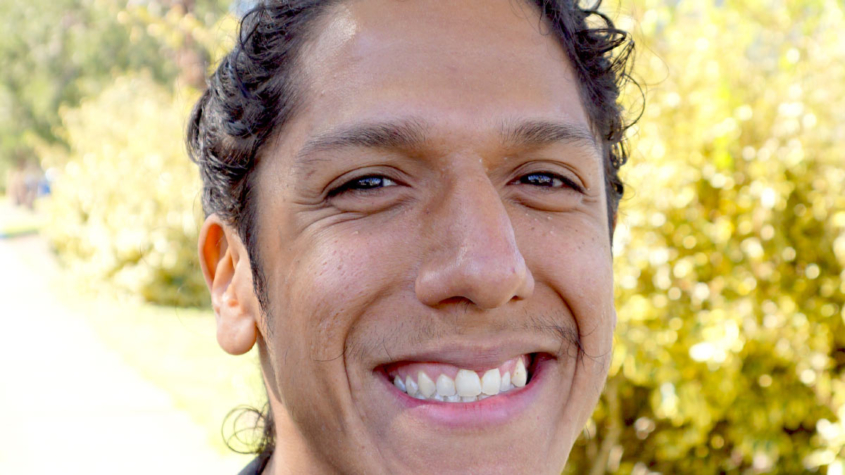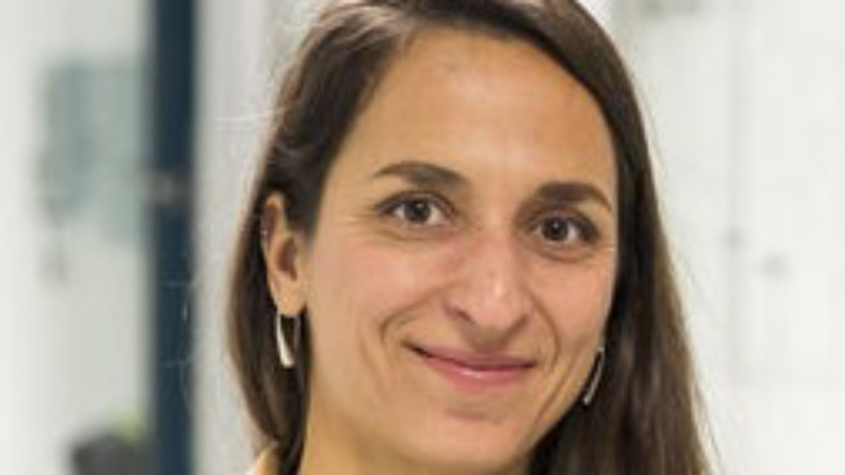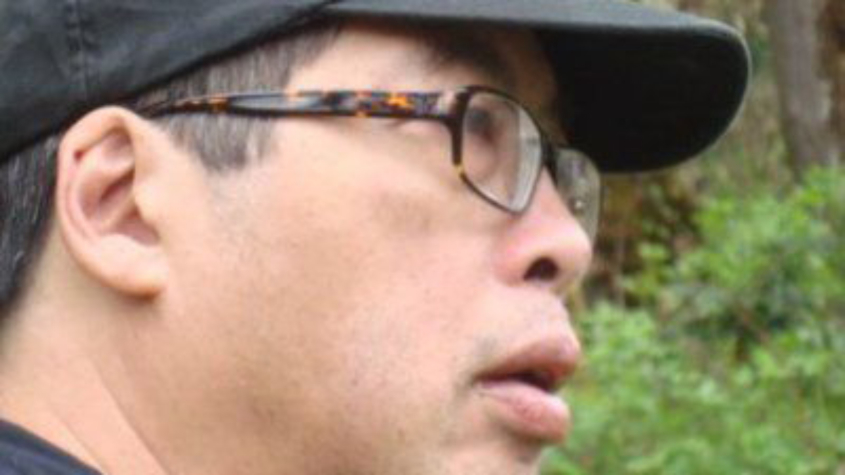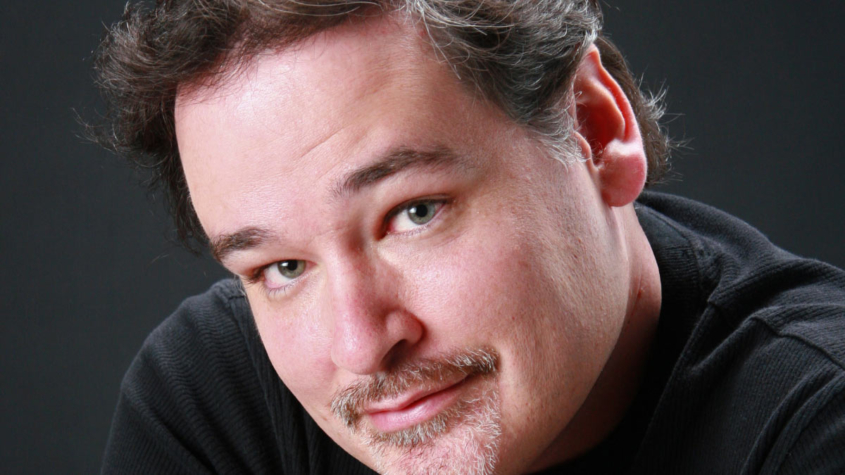Notes on a day of insurrection: SOU’s Dustin Walcher
“Yesterday the President of the United States incited an armed insurrection against America,” House Speaker Nancy Pelosi explained on the afternoon of Jan. 7, calling for President Donald Trump’s removal from office for sedition either through the 25th Amendment or by way of impeachment. On Jan. 6, the president had called on his supporters to “walk down Pennsylvania Avenue” and “show strength” to the Congress, which was engaged in the task of counting electoral votes. Trump’s lawyer, Rudy Giuliani, declared that the president’s spurious charges of election malfeasance should be settled through “trial by combat.” An insurrection ensued. The resulting images of a mob overrunning and ransacking the United States Capitol shocked the conscience, but should not have been a surprise.
Reflecting on the attack on the Capitol, historian Jill Lepore lamented that “we are off the grid of the trajectory of American history.” We are not. In the first place, though yesterday’s assault by a mob of U.S. citizens was unique, the Capitol has been attacked a number of times before. Most notably, in 1814 a British army occupied and then set the building on fire. In 1950, four Puerto Rican nationalists fired on the House Chamber from the visitors’ gallery, wounding five members of Congress.
More to the point, we have seen the tactics employed by Trump’s mob throughout our history. In an effort to overturn the results of the presidential election, the insurrectionists constructed a noose, raised a cross, marched with the battle flag of the Confederacy, destroyed property, terrorized bystanders and assaulted those who stood in their way, all while calling themselves “patriots.” These are the same tactics that were used in the massive resistance to civil rights launched by white nationalists of an earlier generation, and by all incarnations of the Ku Klux Klan. Such behavior, and the ideas that motivate it, are part of the fabric of the country. This is, at least in part, who we are.
As we move beyond the era of the Trump presidency, it is up to us to reckon collectively with the unsavory elements of our history. Historian Douglas Adair explained that “History is a conversation in the present with the past, about the future.” What happened yesterday was stoked by President Trump, but was so very much bigger than President Trump. To understand the mob’s rage requires coming to terms with the reality that the same country that produced John Lewis also produced Joe McCarthy and George Wallace. Although the events of Jan. 6 represent a significant part of who we are, they do not come close to comprising the entirety of who we are. But before we can defeat our national demons, we must first name them, face them and confront them head-on. That is the challenge of history, and that is the challenge of our time.

